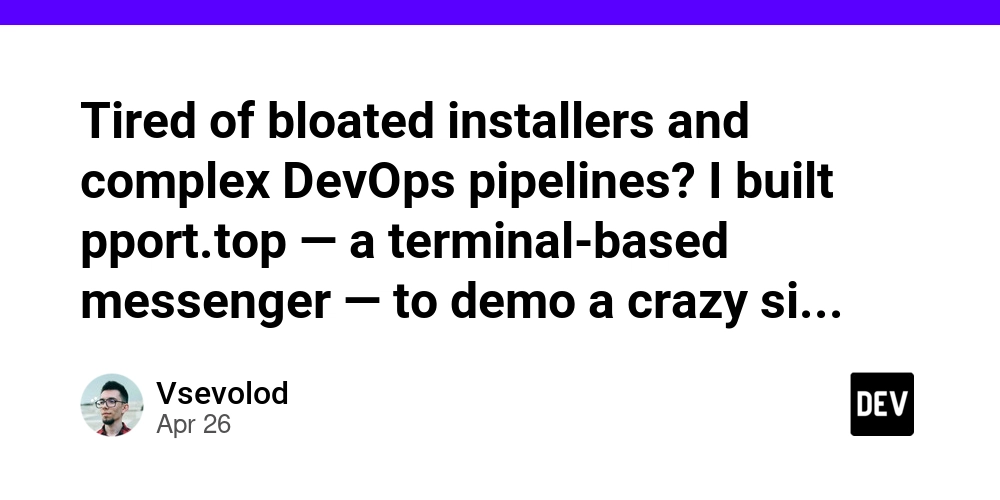
Is Overengineering Killing Your Startup's Agility? How to Stay Lean
Introduction: The Hidden Cost of Complex Code in Startups
Ever feel like adding a simple feature to your startup's codebase requires a Herculean effort? That's the danger of overengineering. Excessive code complexity slows down development, increases bugs, and ultimately hinders your ability to pivot and adapt. In fact, developers spend 42% of their time debugging "bad code," representing an $85 billion annual opportunity cost! In the fast-paced startup world, a complex codebase can be the difference between seizing an opportunity and missing the market window. A pivot-driven engineering approach, focused on agility and simplicity, is crucial for survival.
Ego vs. Pivot: Choosing the Right Engineering Path for Startup Success
Ego-driven overengineering occurs when tech decisions are motivated by personal pride or resume building rather than business needs, leading to overly complex systems. Pivot-driven engineering, on the other hand, emphasizes simplicity and practicality using the "You Aren't Gonna Need It" (YAGNI) and "Keep It Simple, Stupid" (KISS) principles. It prioritizes building just enough to validate the market, expecting future changes and scaling needs. This means choosing monoliths over premature microservices and leveraging existing cloud services instead of reinventing the wheel.
- Ego-Driven: Complex systems, premature scaling, and "Not Invented Here" syndrome.
- Pivot-Driven: Strategic simplicity, easy refactoring, and alignment with current value delivery.
Big Tech's Secret: How Netflix, Google, Shopify, and Stripe Control Complexity
Even tech giants like Netflix and Google prioritize simplicity to maintain agility and speed. Here's how they do it:
- Netflix: Actively refactors complex code using metrics, like Cyclomatic Complexity, to improve maintainability and enable faster development.
- Google: Fosters a culture that values simplicity, with a dedicated "Code Health" group and internal tools to flag complexity during development.
- Shopify: Deletes millions of lines of code annually to combat "clutter," ensuring their core platform remains lean and adaptable.
- Stripe: Implements rigorous code reviews, automated testing, and advocates for code quality, understanding the high cost of technical debt.
These companies demonstrate that managing complexity through metrics, culture, and tooling is crucial for sustained growth and innovation.
Quantifying the Intangible: How to Measure Code Complexity with Metrics
To proactively manage complexity, you need to measure it. Here are a few key metrics:
- Cyclomatic Complexity (CC): Measures the number of independent paths through code; higher numbers indicate more complex and potentially buggy code. Keep CC under 10 per function to enhance readability and testability.
- Cognitive Complexity: Gauges how difficult code is for humans to understand, penalizing structures that obscure logic. Use it alongside CC for a more comprehensive picture of complexity.
- Maintainability Index (MI): An aggregate score (0-100) reflecting a module's maintainability based on complexity, lines of code, and other factors. Track MI at the project level to identify areas needing refactoring.























